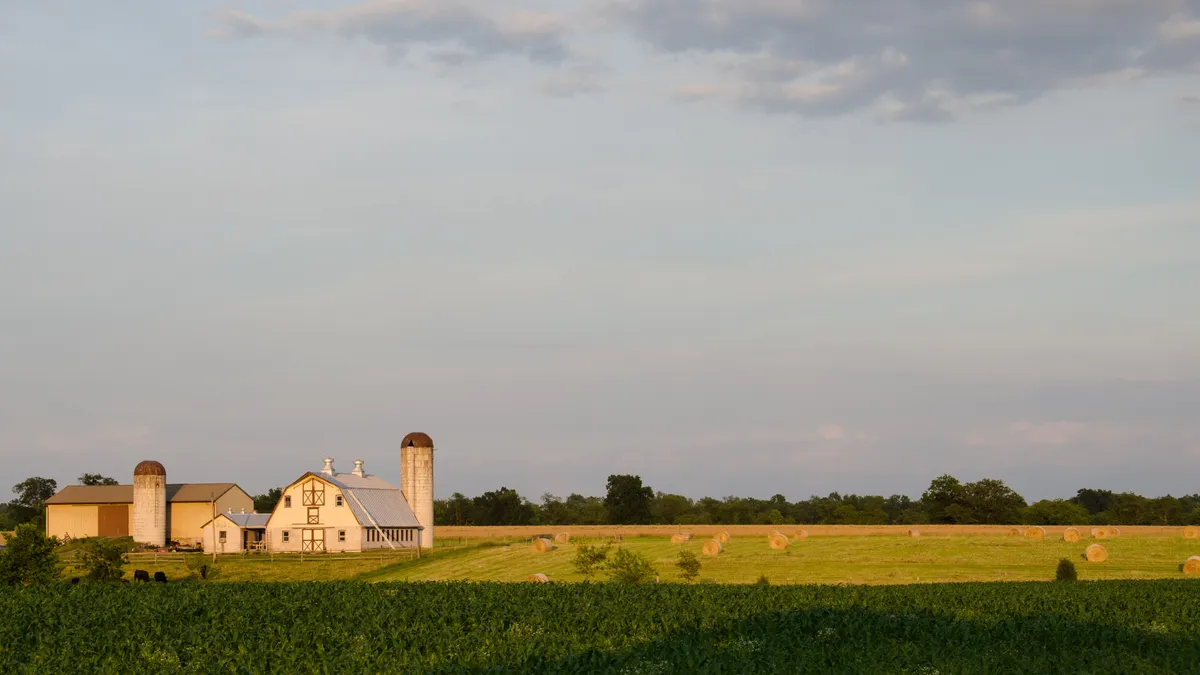Dive Brief:
- Rural school districts face unique challenges — including declining enrollments, reduced funding, teacher shortages and higher-than-average administrator turnover — that require creative solutions, District Administration reports.
- Officials in Colorado, where 148 of the 178 school districts are classified as rural, are creating 40 dual-role administrative positions where superintendents often serve as principal simultaneously. The state also established the Colorado Center for Rural Education at the University of Northern Colorado in 2016 to develop new opportunities encouraging students to enter the teaching field.
- Allen Pratt, executive director of the National Rural Education Association, also says nonurban districts should use technology to expand course access; work with local industries to create certifications and internships, fill current needs and attract more businesses to the area; and lure teachers with incentives such as housing subsidies, smaller class sizes and the possibility of expanded leadership roles.
Dive Insight:
According to the National Center for Education Statistics, about half of all public school districts — about one-third of all public schools and about a quarter of the nation's public school students — were enrolled in rural schools during the 2010-11 school year. Collectively, the issues rural schools face affect roughly 12 million students in the U.S.
These issues are spurring the populations of many rural districts to decline. For one, the agriculture industry, which takes a prominent role in many of these areas due to their landscapes, is now less dependent on large families and a large workforce. Some industries that once thrived in these regions have now been lost overseas or closed because of declining resources, transportation costs or a less educated workforce. And, as the overall population of the nation declines due to lower birth rates, more families are fleeing to cities and urban areas for more and better opportunities.
The resulting reduction in student population affects school funding, but it does not lessen all school costs. Because rural districts tend to have students and families spread out over a larger surface area, transportation costs are often higher per student, even as funds decrease. The isolation, increased workload and lack of opportunity for advancement in rural districts also causes problems with staffing teachers and school administrators. Colorado, Iowa, Wisconsin and Arizona are just a sampling of states that deal with these conflicts.
State lawmakers can help address these issues by meeting the unique funding needs of rural districts. Not only can transportation costs be higher, but these districts may need increased technological infrastructure and more money for supplements to entice and incentivize staff. The payoff comes as the workforce becomes better educated, thus attracting more local businesses and strengthening the greater community.
School districts can also seek grant funding and other assistance methods that help connect teachers and students to resources through technology. That can mean providing teachers with professional development, offering housing solutions and better leadership opportunities, or giving students better access to college classes. Many states are now developing state networks to help provide resources for nonurban school districts facing these growing challenges.












